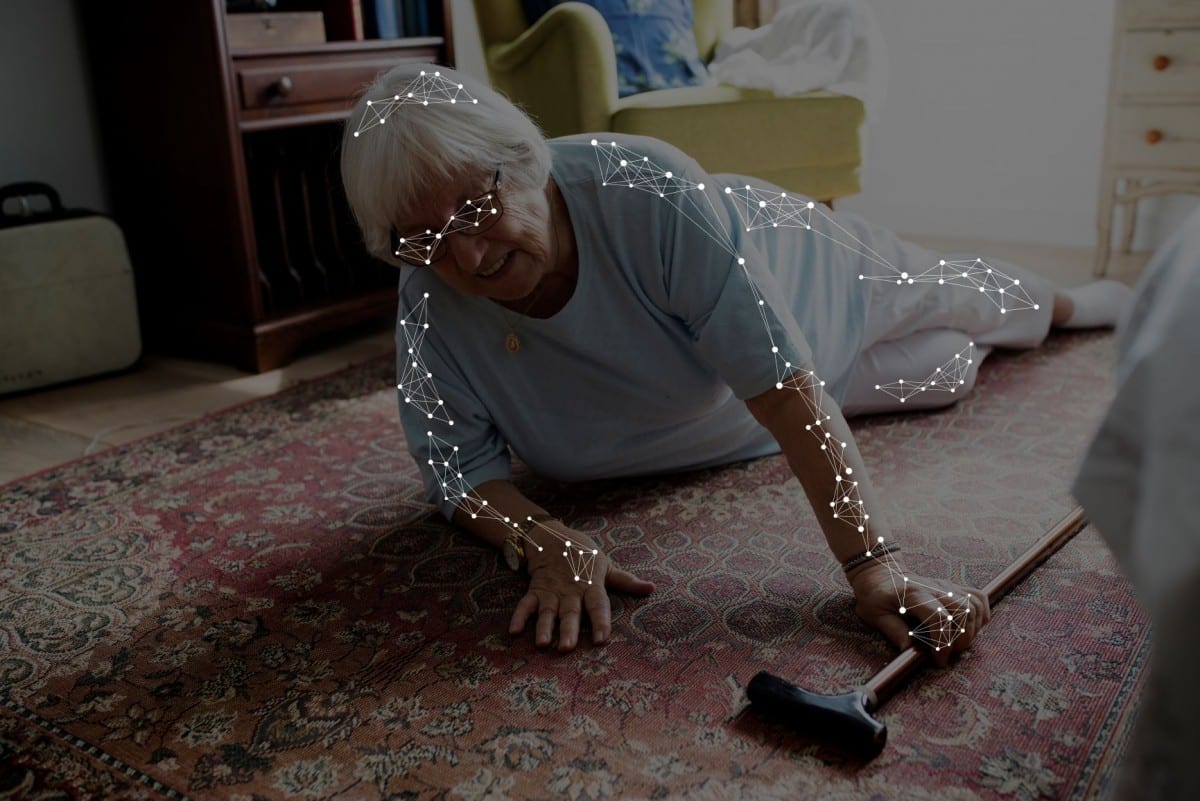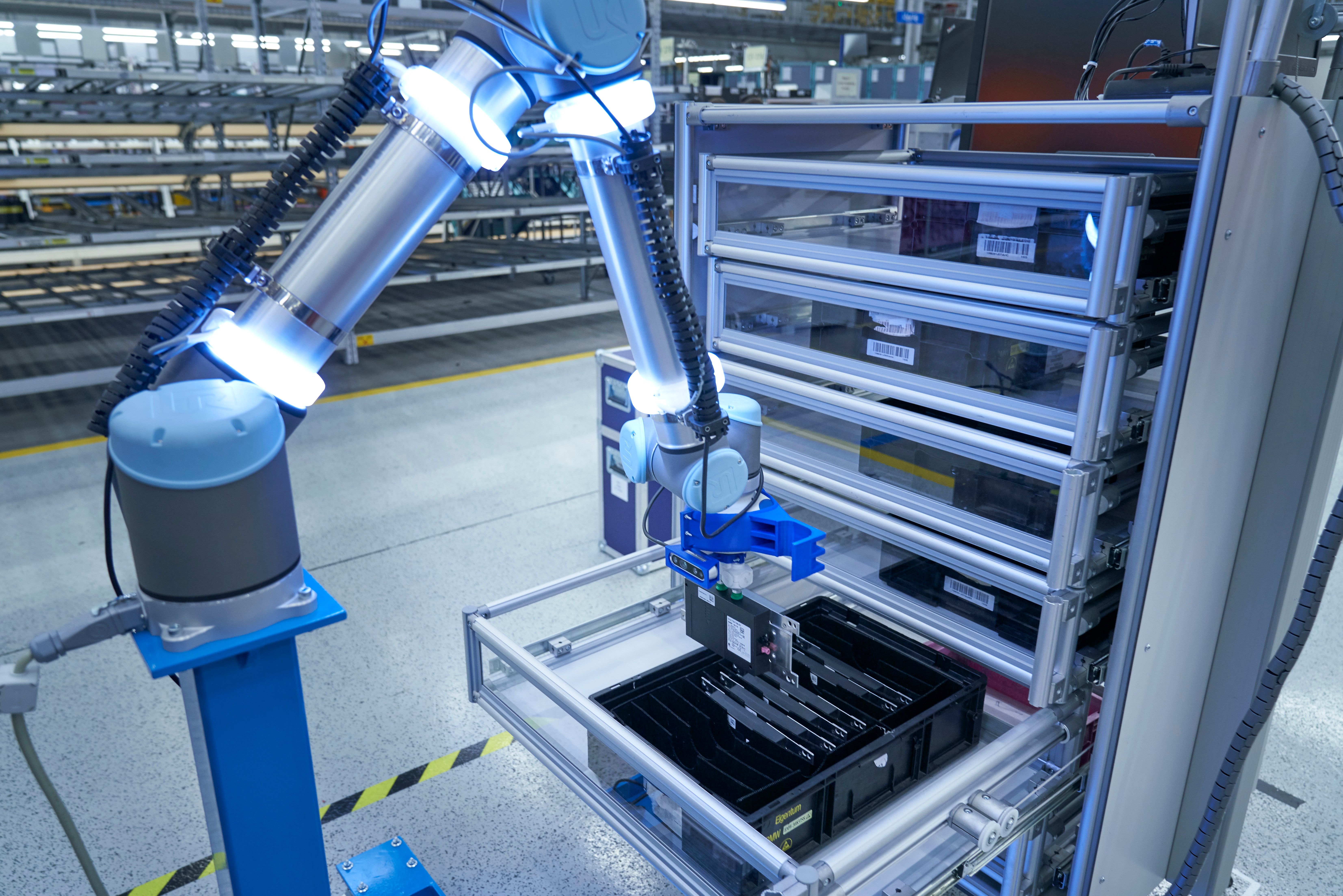
Artificial intelligence, which monitors people’s well-being, as an extra pair of eyes for healthcare providers. This is what Kepler Vision Technologies, a spin-off from the University of Amsterdam, is working on. “Technology can recognize body language,” explains co-founder Harro Stokman. ” This is how the system can see if a person has fallen and can then raise the alarm with healthcare providers or family members. “
According to Stokman, there is an enormous demand for this technology within the healthcare market. “The software can increase the productivity of healthcare providers. This is badly needed as more and more elderly people are needing care, while there are fewer and fewer professional carers,” he says. “The system can detect whether someone is standing, sitting or lying down, but also, for example, whether someone is eating, drinking or smoking. In addition, it is possible to determine whether someone is being defensive or is engaged.”
What is your main motivation??
“I found it fascinating to be the first in the world to see how such a groundbreaking technology as Artificial Intelligence (AI) can actually work in real life applications and to utilize it on a grand scale so that it is of use to a wide-ranging public.”
“This start-up initially began at the university with research into the question: How can we make it possible for computers to ‘see’? The techniques surrounding it, such as Al, are now starting to emerge. We have entered into discussions with various market stakeholders to see what this technology could potentially do for them. In the end, it turned out that the greatest demand was in healthcare. Market forces have steered us in this direction.”
What was the biggest obstacle you had to overcome??
“We really stumbled over the fact that people don’t know what AI is and what it can do. That’s why we have made short demonstration films on the website, where we explain clearly and concisely what our technology does and what the role of AI is in all of this. Furthermore, we always give a live demonstration to prospective customers. Then people really see how it works. It helps to convince them how our system works.”
What was the most overwhelming moment that you’ ve ever experienced?
“That’s yet to happen. We’ve been working hard lately to acquire the first client. Signing the first contract with a client will be a very special moment for us. This will probably happen this month. After that, we want to bring in two or three more Dutch clients and then open a sales office in Germany.”
What can we expect from you in the coming year?
“Over the coming year, we will be working hard to expand into Germany. We have noticed that our technology is in high demand there as well. This means that we will be looking for a German colleague with work experience in the healthcare market. Aside from that, we are looking for a German solutions engineer to bolster the team. In the beginning, we will be going to Germany a lot ourselves to set everything up and get it on the right track. Later on, this will be an actual independent department of our company.”
What is your ultimate goal?
“In about five years’ time, we want to be a unicorn, a company worth more than a billion euros. Besides that, we want to have a market share of around 30%. We will achieve this by providing software which will enable healthcare professionals to do their work better and more easily. We believe that with this technology, we will be able to reduce the number of healthcare professionals by twelve percent, whereby the shortage of healthcare providers will decrease.”
Background information
Founders
Harro Stokman and Marc van Oldenborgh. Stokman worked at the University of Amsterdam, the place where the research behind the technology of this start-up began.
Year of foundation
2018
Financing
Investments by various parties, including the University of Amsterdam.
Employees
Kepler Vision Technologies currently has thirteen employees. In the near future there will also be a German office with at least two new employees.
Ultimate goal
“Increasing the productivity of health care providers in order to improve the quality of life of patients. It is both a business and a noble goal.”








